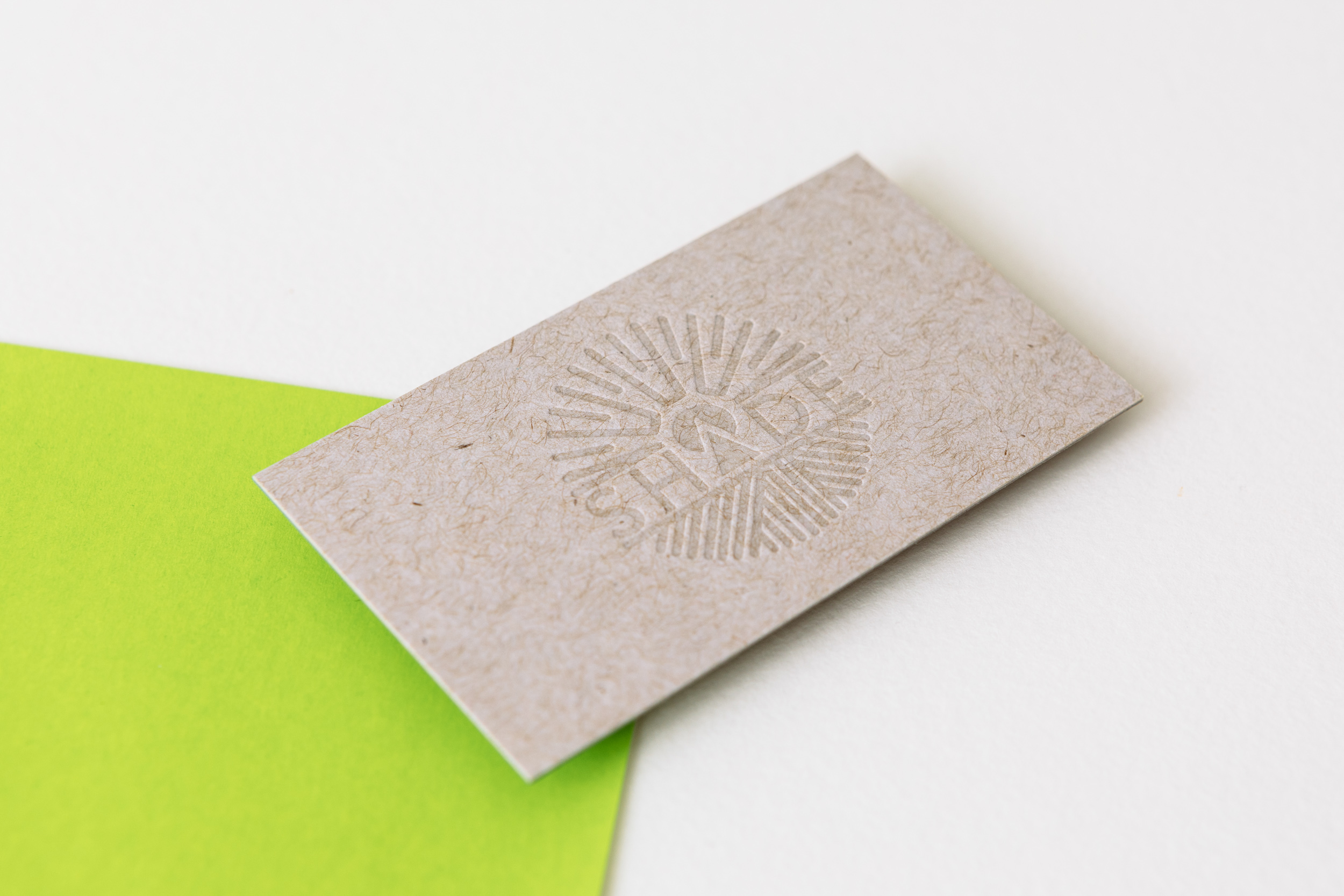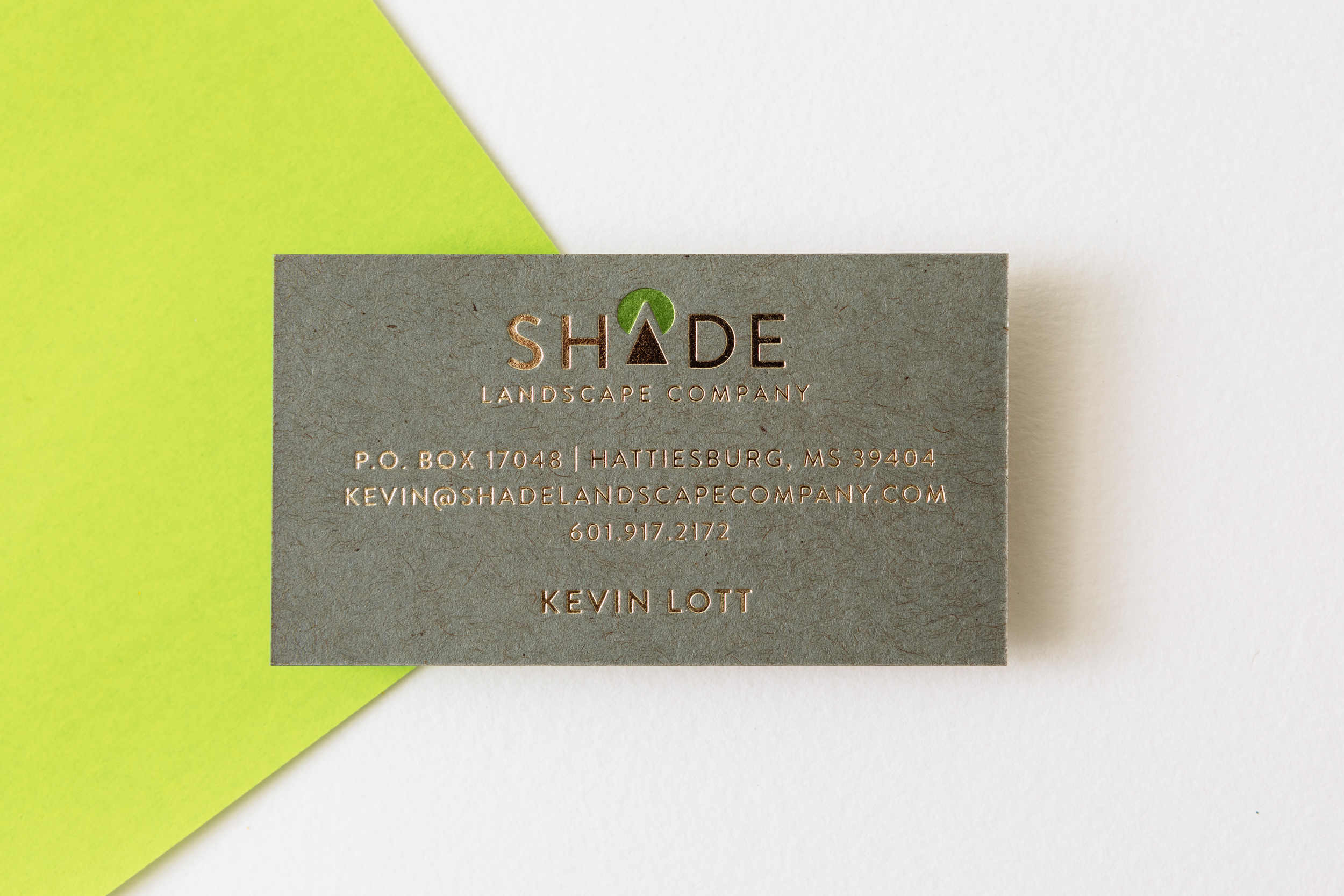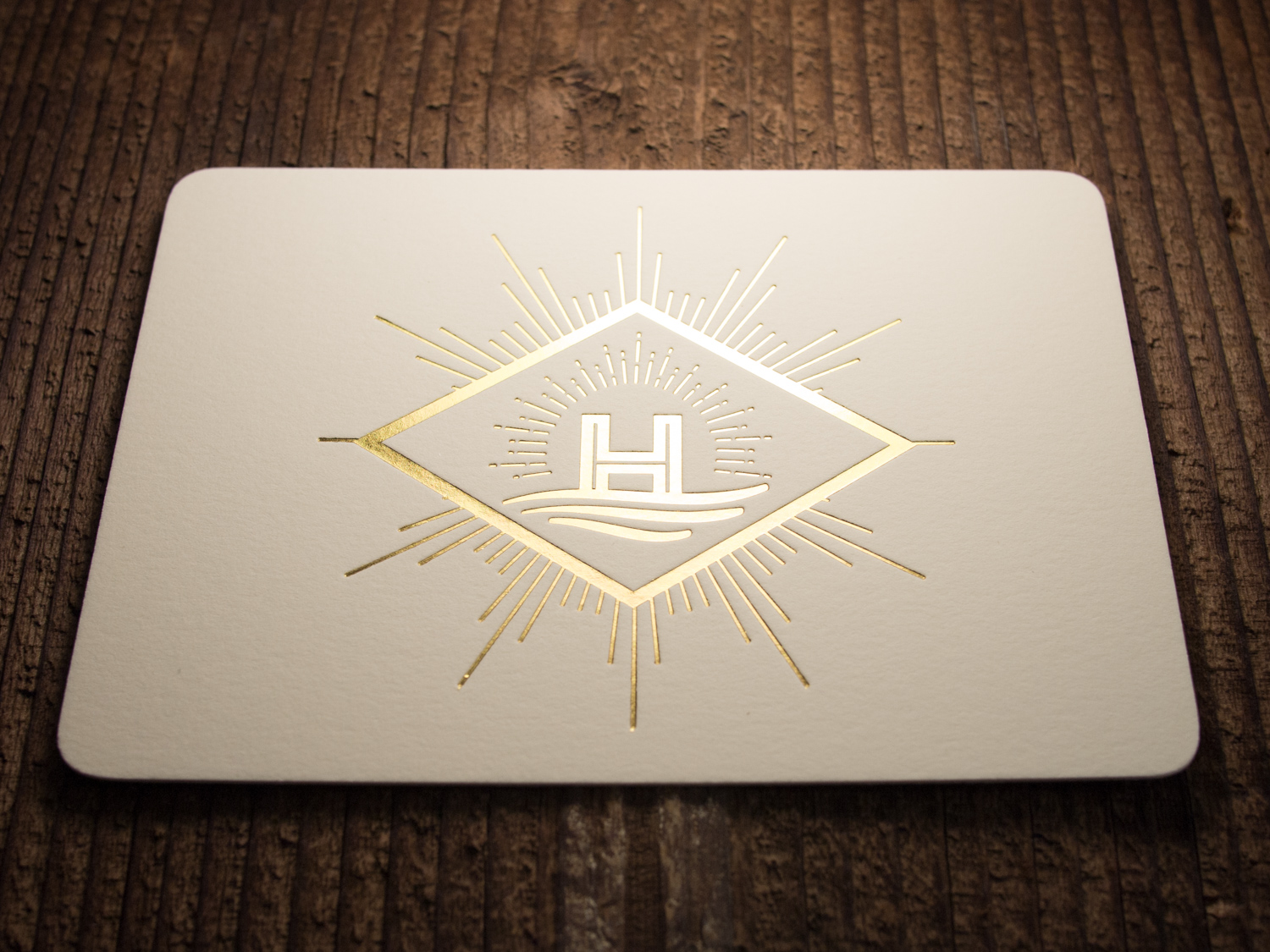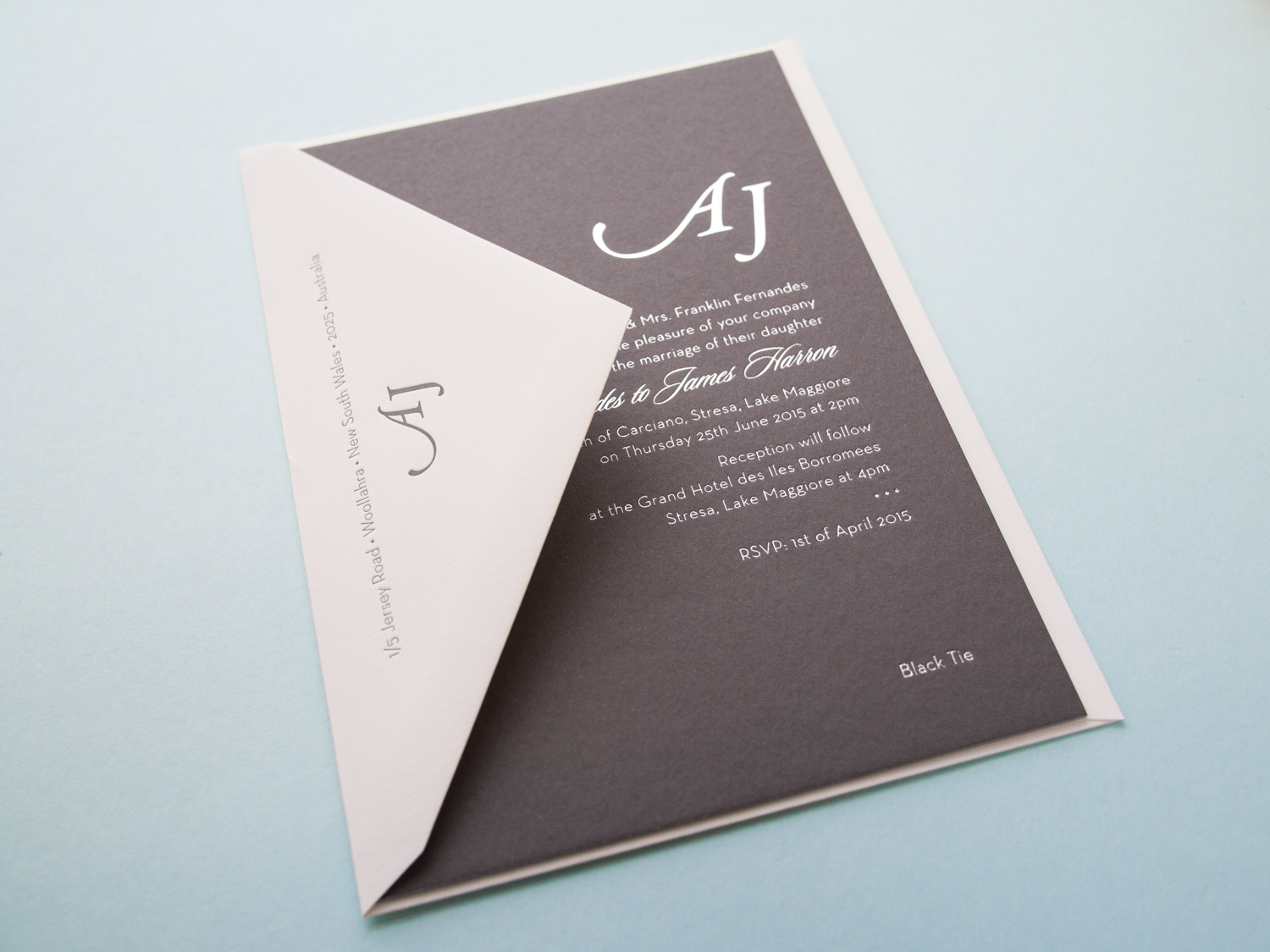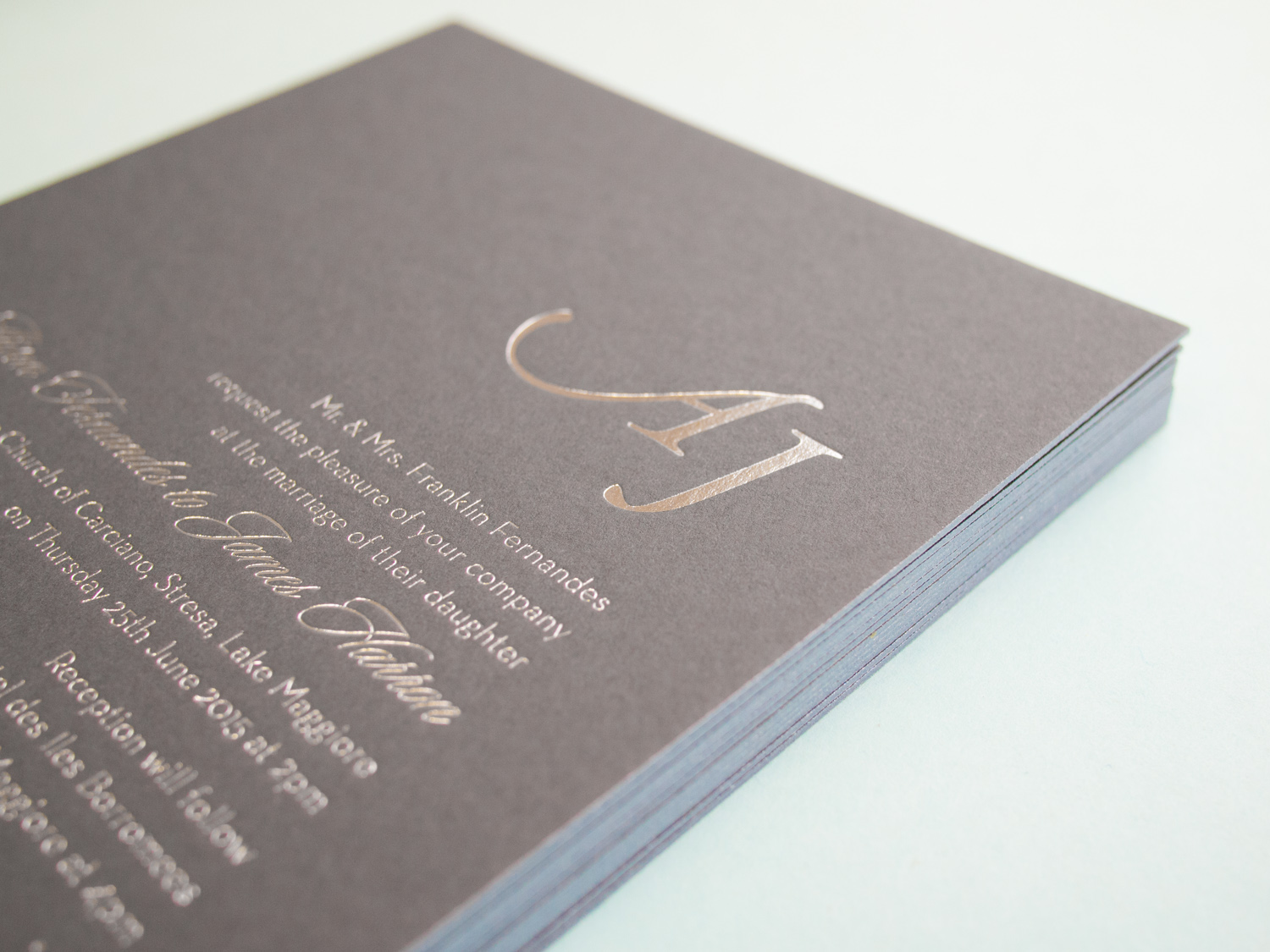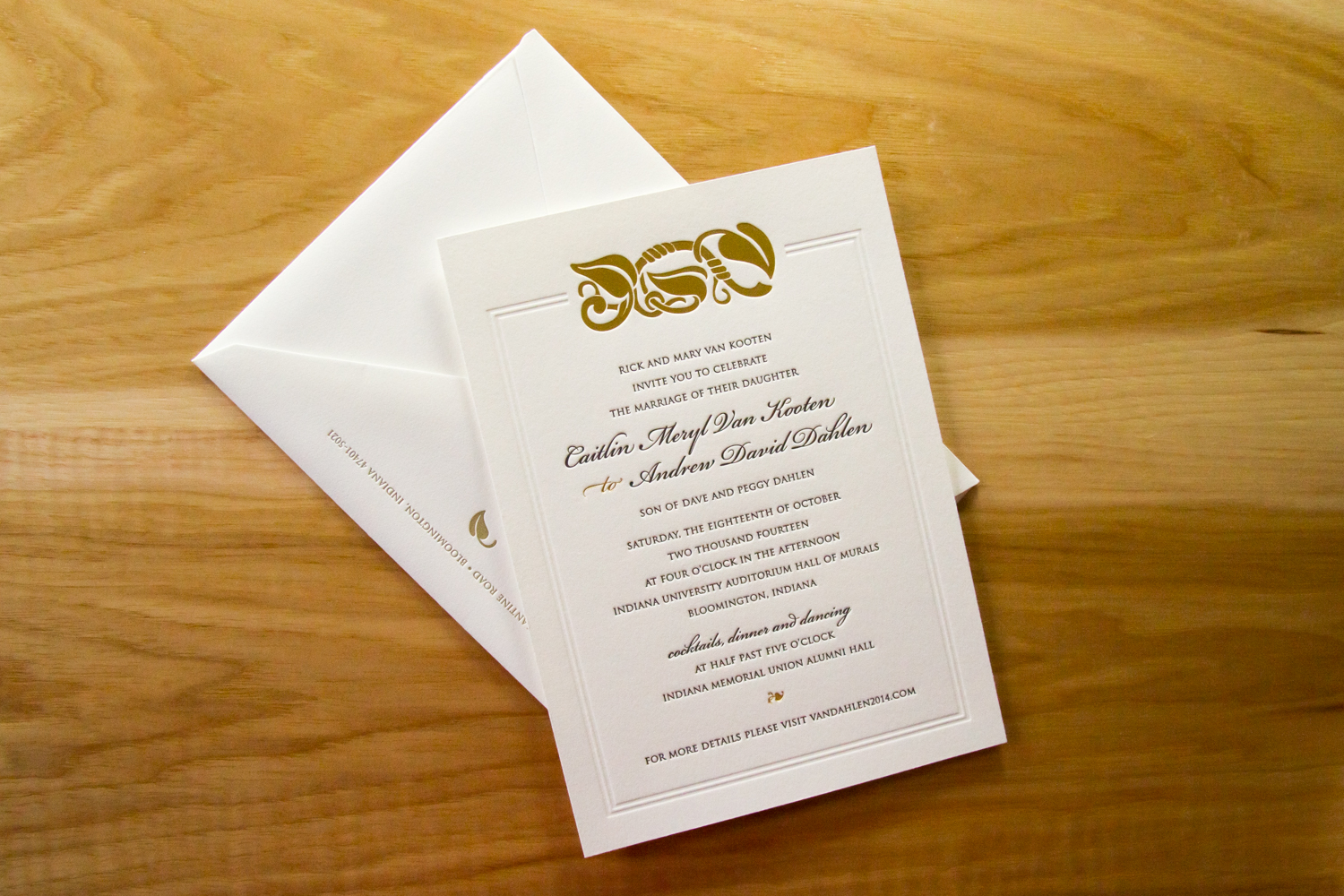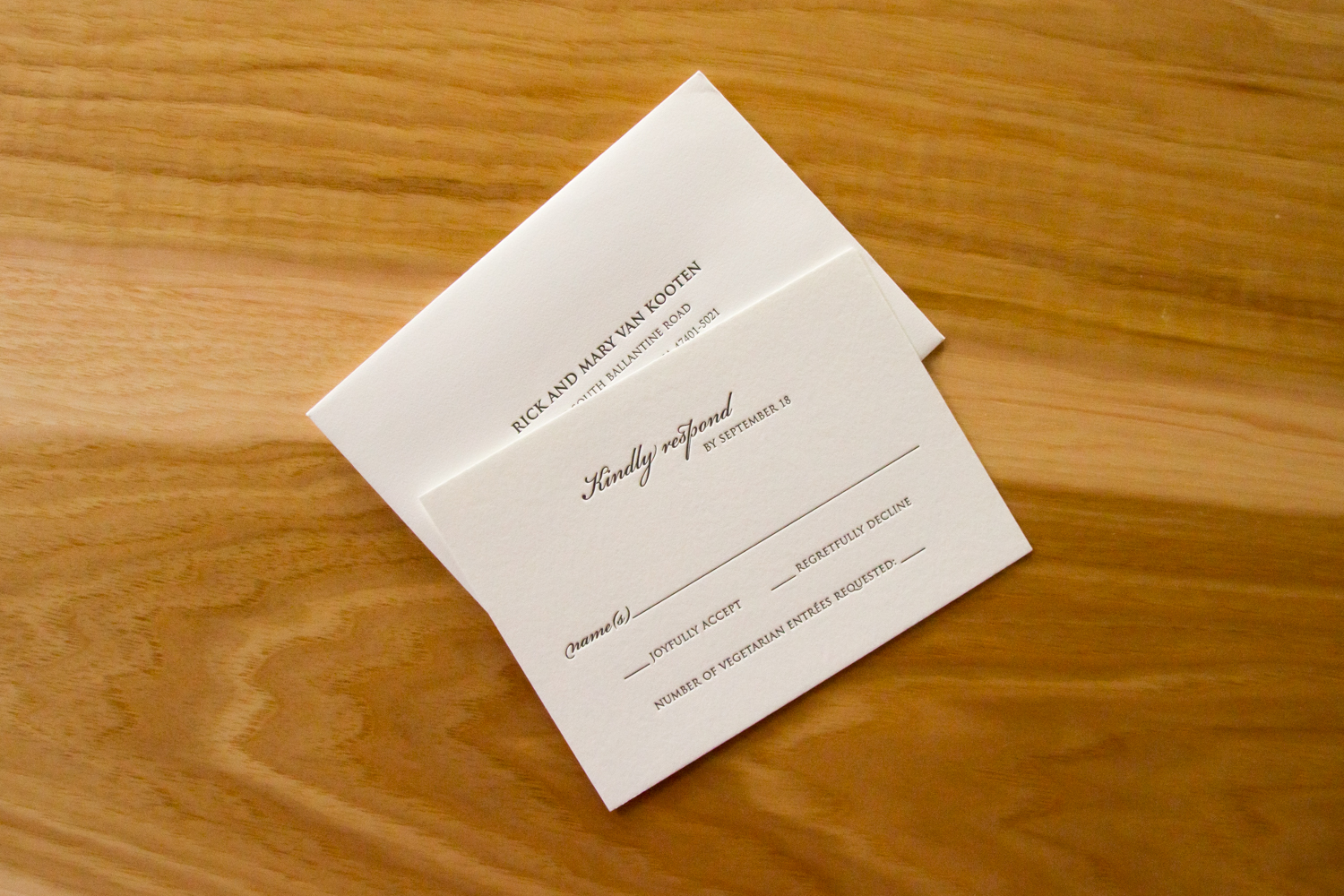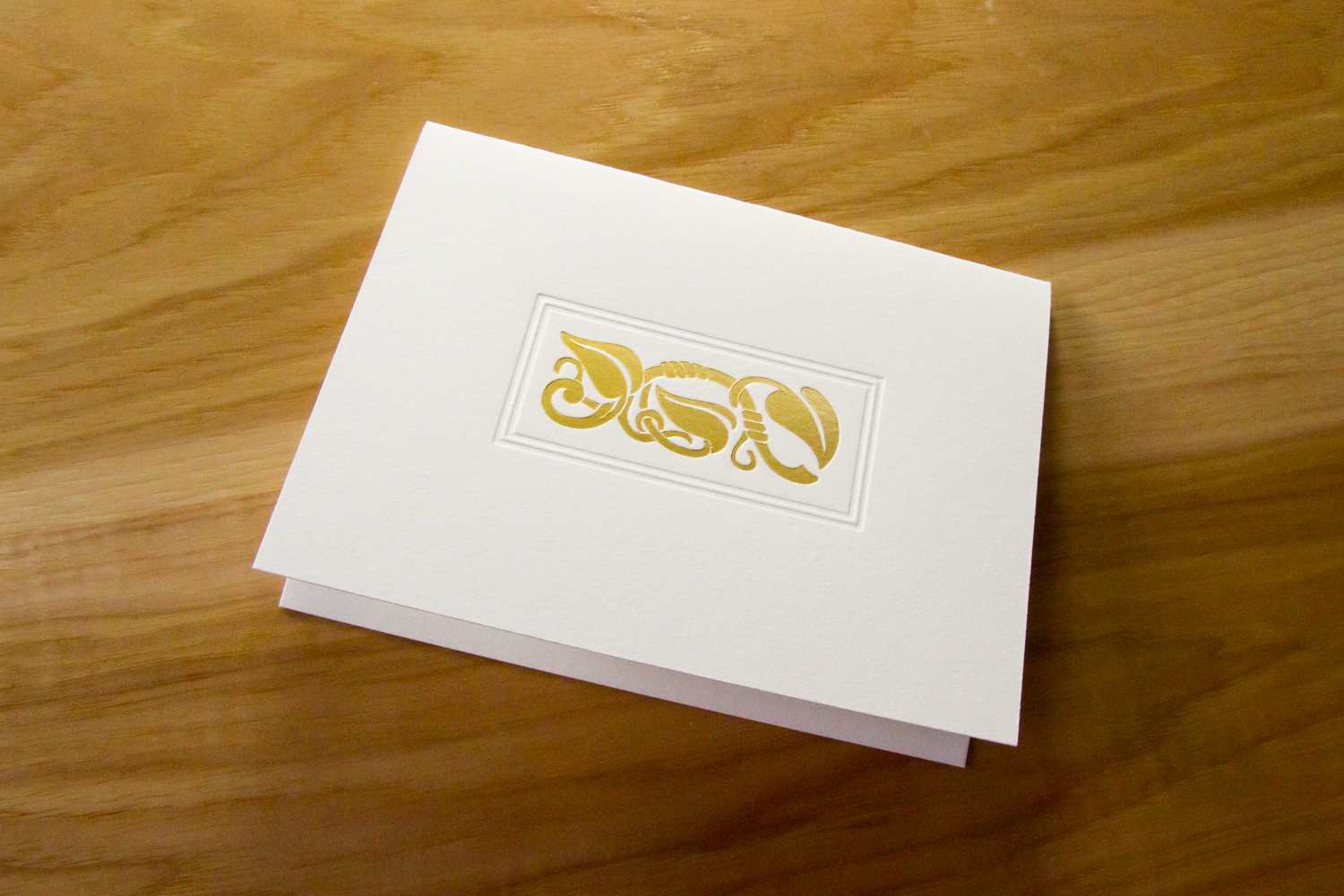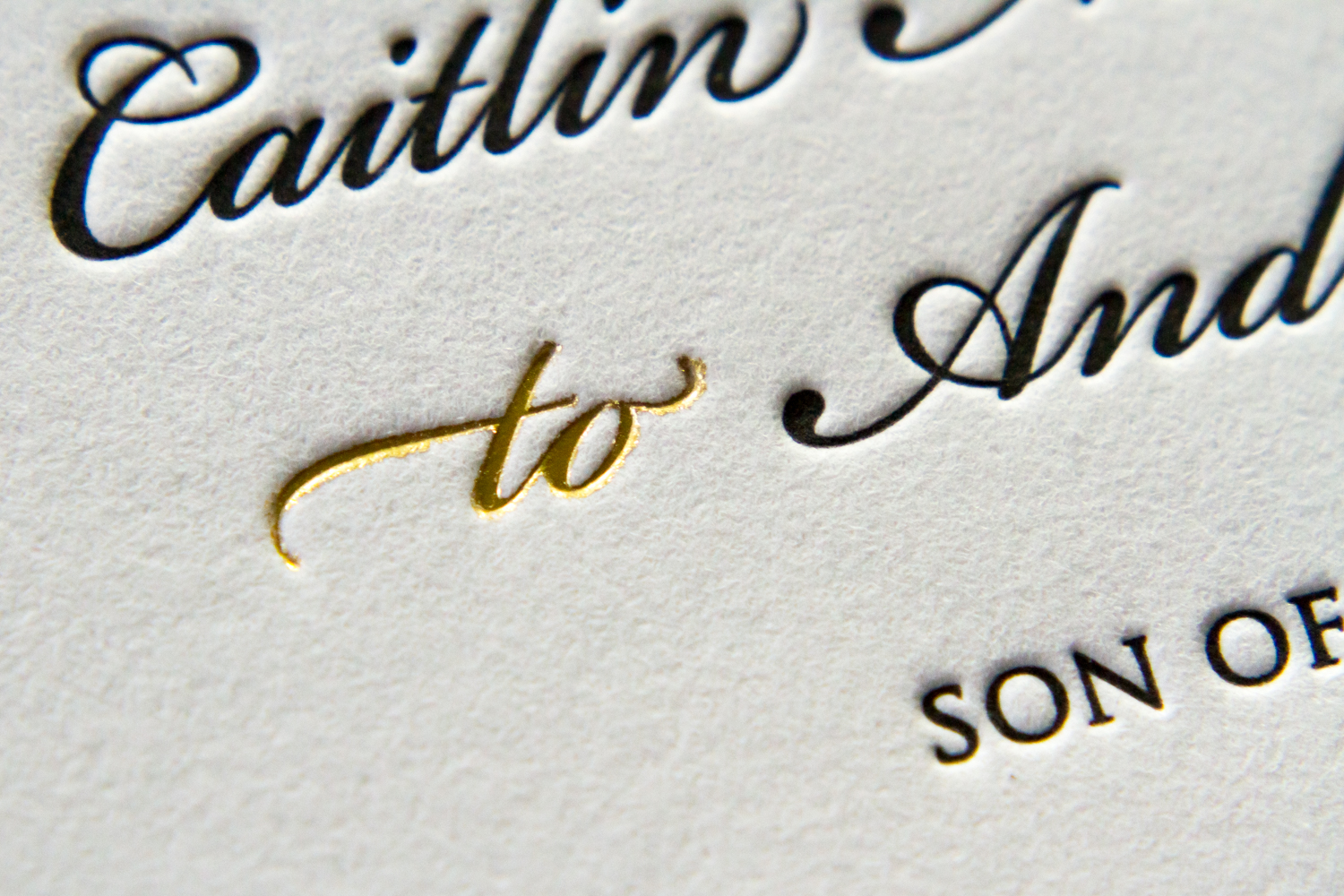These duplexed business cards were printed as part of a larger suite of collateral we worked on for the Hattiesburg landscapers at Shade. Everything was designed by Whitney Miracle, and she picked out an awesome combination of Kraft-Tone papers from French Paper Company along with platinum and pale green foils.
PAPER Kraft-Tone Carbon Copy, Kraft-Tone Packing Chip
FOIL Platinum, Satin Apple
INK Tinted White
